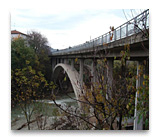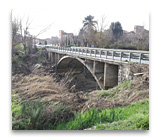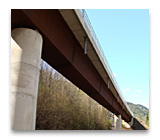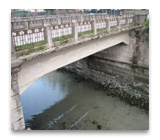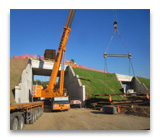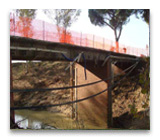Il sito usa cookies per migliorare la esperienza degli utenti, puoi guardare la nostra politica dei cookies facendo clic
qui. Inoltre, abbiamo modificato alcune delle nostre politiche per rispondere ai requisiti del nuovo Regolamento Europeo per la Protezione dei Dati Personali (GDPR). In particolare abbiamo aggiornato la Privacy Policy e la Cookie Policy. Ti invitiamo a prenderne visione della Privacy Policy cliccando
qui .

